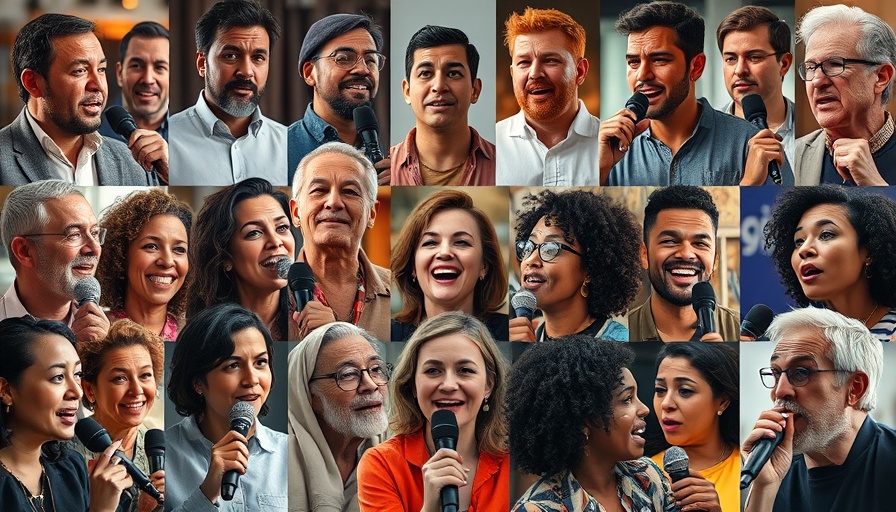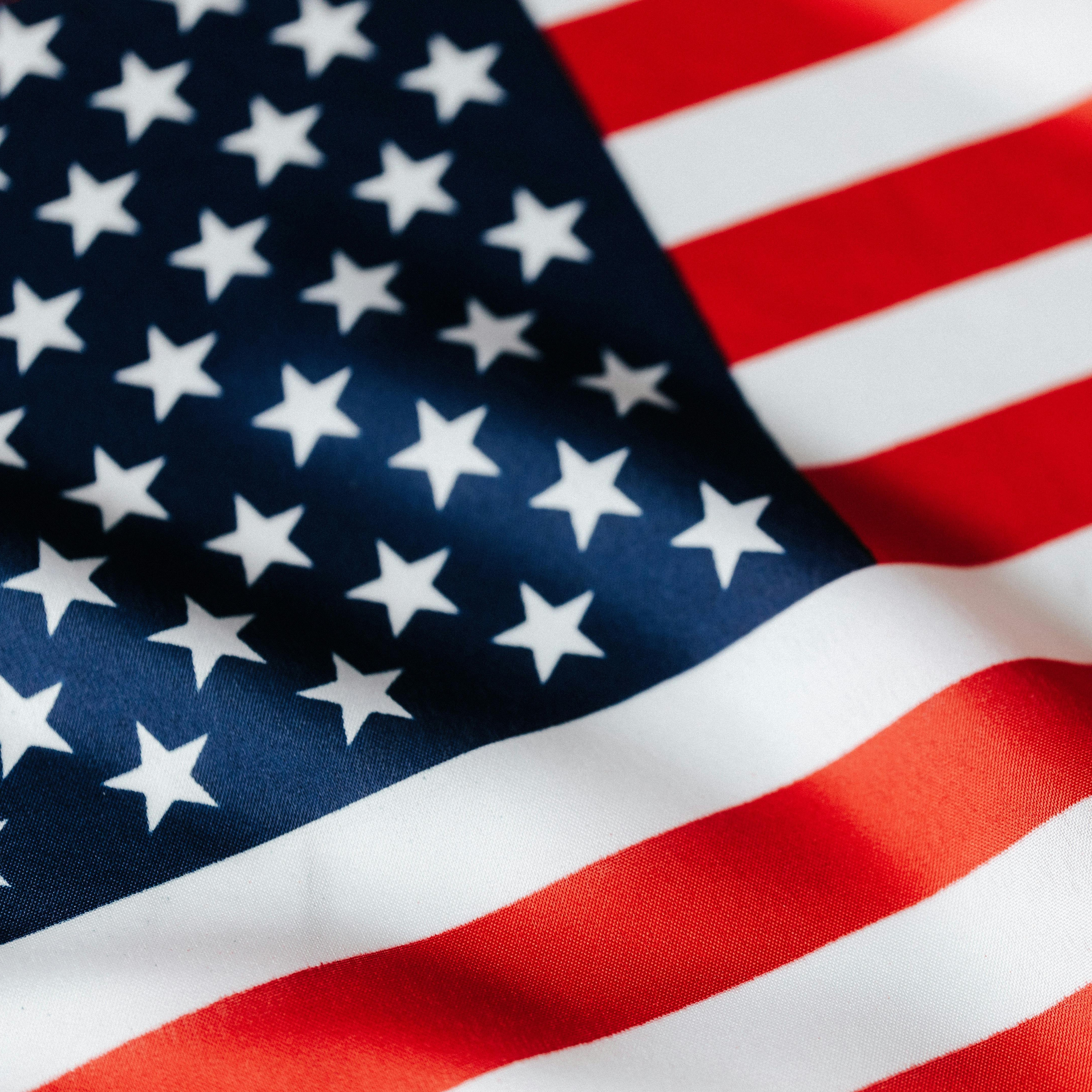
The Imitation Game: Gavin Newsom's Bid to Match Trump's Bravado
In the arena of American politics, authenticity reigns supreme, particularly when it comes to shaping a candidate's persona. In recent discussions, the consensus appears to be that California Governor Gavin Newsom's attempts to mimic Donald Trump’s combative style fall flat. As expressed in the recent broadcast of the Officer Tatum Show, Newsom lacks the genuine grit that has defined Trump's political survival and appeal. The contrast between Trump’s forthrightness and Newsom’s more polished, scripted approach highlights a pivotal challenge for the Democratic frontrunner as he eyes the presidency in 2028.
In 'Gavin Newsom TRIES to Be Trump and FAILS MISERABLY', the analysis of political strategies highlights essential insights regarding authenticity and its importance in upcoming elections.
Historical Context: The Authenticity Factor
Trump's rise to political power can be attributed largely to his straightforward style, which resonates with many voters who value honesty over political correctness. Trump's ability to connect with the everyday American, despite his controversial statements, has led many to see him as a candidate who ‘doesn't sugarcoat’ issues. This dichotomy raises questions about whether Democrats can recover some of that genuine appeal as they navigate the complex political landscape ahead of pivotal elections.
Why Newsom's Imitation Strategy Might Not Fly
The problem with imitation, especially in politics, is that voters can quickly sniff out authenticity. Critics have pointed out that the 75% rise in interest among Democrats for Newsom to run is still glaringly unsupported by a solid history of accomplishment in his state. The notion that he could successfully channel Trump’s tough-guy image into a presidential campaign may misreading the mood of the electorate. Californians are increasingly fed up with rising inflation, economic woes, and the lingering effects of Newsom's governance, which could vastly diminish his chances of translating state popularity into national support.
Competing with the 'Real Deal'
What Newsom fundamentally fails to grasp, as echoed by commentators, is that Trump offers something uniquely genuine—flaws and all. Trying to project toughness while struggling with the issues that plague California, such as crime and business regulations, paints a picture that lacks cohesion. Americans may be sympathetic to the struggle, but they crave a leader who illustrates resilience through authentic experience, not performance.
What Lies Ahead: Future Predictions
As we look towards potential showdowns in 2028, the discussion about who stands as viable leaders for the Democratic party becomes critical. With figures like AOC in the mix, the party must grapple with whether to follow the crowd into uncharted progressive policies or pivot back to more centrist strategies in order to win the hearts of traditional Democrats and independents alike. They will need to present candidates who don’t just talk tough, but can also lead with real-life examples and grounded principles.
The challenge for Democrats like Newsom will be to present a vision for America that makes sense economically and socially, moving beyond what’s perceived as opportunistic mimicry of Trump’s style. Americans are expecting candidates that they can trust, which might involve reverting back to core values that prioritize families and communities over divisive political theater.
Ultimately, in the high-stakes game of politics, the question remains: can Gavin Newsom shed the snake oil salesman persona and evolve into a credible contender, or will he remain overshadowed by the authentic political colossal that is Donald Trump? Time will tell.
 Add Row
Add Row  Add
Add 




Write A Comment